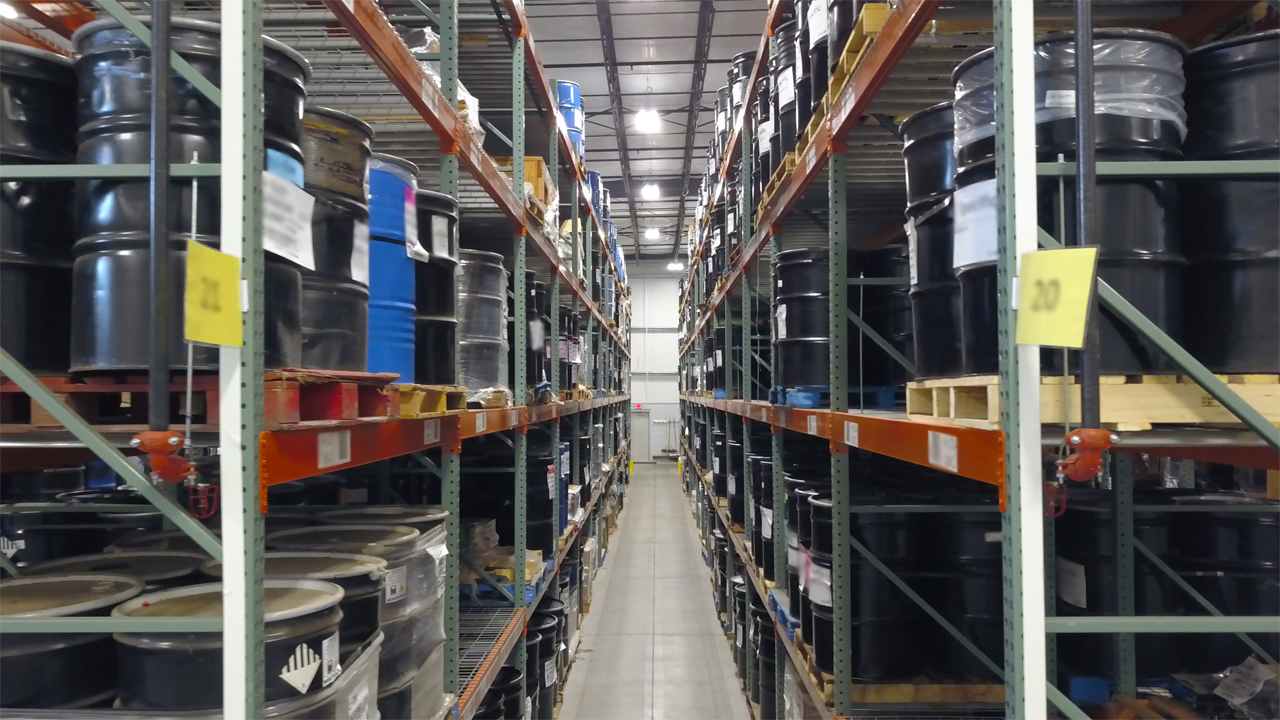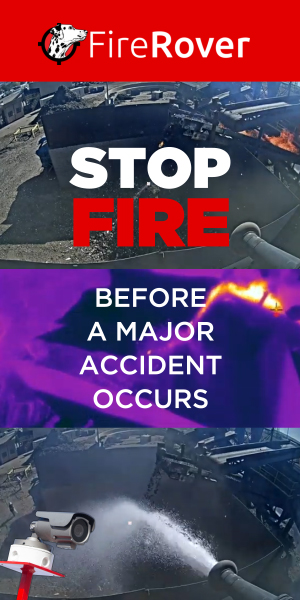During Battery Solutions’ 2020 ISRI Safety Stand-Down Day, warehouse employees brought in photos of loved ones, and the Quality Environmental Health and Safety team collected and pinned them to a bulletin board. Above the photos, the QEH&S team added a simple yet powerful message: “This is Why We Work Safe.”
Employee engagement should be a significant component for a recycling facility’s fire safety and prevention, says Kenneth Kunze, president of IC Fire Prevention. A retired firefighter who served 30 years with the Fort Wayne, Ind., fire department–including 15 years as a battalion chief–Kunze dedicated his “bonus round” career to fire prevention. His company visits recycling facilities and other industries to identify potential risks and provide recommendations on ways to reduce hazards.
“Employees have their hands where a hazard might be,” Kunze says. “They need to understand how fires start and spread and be part of the fire-prevention process.” Explaining the rationale behind safety practices and decisions will make a difference, he says. “Say there’s a trashcan in an unsafe area. If you move it to a safer place but no one understands that, the next time it’s empty they’ll move it back to where it was most convenient.”
Safety Training
Nick Sowers, environmental health and safety manager at Berman Brothers and Rubin Iron Works, found employees are receptive to safety practices they can use in their homes. “Last year, the local fire department gave a lecture on fire safety, not just for businesses but in the home,” he explains. “They reviewed safety plans for the home, kitchen fire safety, and holiday fire safety.” Kunze agrees making employees passionate about fire safety at home may encourage them to bring that enthusiasm to the workplace.
Battery Solutions trains employees in several fire-safety areas, including material removal and extraction. “We teach staff how to use designated equipment—reach trucks or forklifts—to extract material and how to move it out of the building, like driving a forklift in reverse so the smoke goes away from you,” Edwards explains. Berman Brothers also conducts fire drills and weekly safety meetings.
Meet First Responders
Kunze advises recyclers develop a relationship with their local fire department. He recalls arriving at facilities as a battalion chief. “It felt good when there was someone at the facility who you recognized, knew, and trusted. Someone you’ve talked to ahead of time about the risks and how things will be mitigated.” Kunze recommends taking firefighters on preplanning tours of the facility. “Show them where the greatest risks are, where the largest quantities of flammables are stored, what kind of incidents are most likely to happen, and what incidents you’ve already had,” he says.
Battery Solutions has cultivated a relationship with fire departments at its Michigan and Arizona facilities. Tom Edwards, Battery Solutions’ QEH&S Manager, conducts walkthroughs with first responders and there are designated areas for firefighters at both facilities. The company made its facilities easier to navigate during emergency situations. “We put a phosphorescent tape on our lithium packs, so if it’s dark or smoky, they’re illuminating a little on the racks,” Edwards says. “We have designated points for the fire department with kits and some of the tools they don’t necessarily have.”
As a 14-acre facility with five gates, “there could be an incident on the north side [of Berman Brothers] and no one would know about it the south end,” Sowers says. To ensure firefighters arrive at the correct gate each time, Berman Brothers numbered its gates and invites fire cadets for tours. “You never want [an incident] to be the first time you meet the fire department,” Sowers notes.

Fire-prevention Resources
According to Kunze, developing an effective fire-prevention and emergency action plan is crucial to proactive fire safety. He suggests reviewing ISRI’s fire-prevention guide. “Instead of writing a plan to meet a standard, utilize ISRI’s guidelines to come up with something that’s effective for your facility,” he says.
Sowers says a good fire-prevention program requires incorporating safety into company culture. “Make it a priority and care about it,” he explains. “We make facility cleanliness and housekeeping top priorities; we have an onsite safety professional; developed a fire safety plan; and have programs in place for any scenario.” If a company prioritizes fire prevention and safety, other aspects of the operation, like production, will fall into place, Sowers says.
Another component lies in managing the shredder pile. “The only way to control large fires is to control the size of the pile,” Kunze stresses. “How much material do you need to have on the ground to perform the function?” Berman Brothers’ safety inspector oversees every shredder load to ensure there’s no residual fumes or any ignition sources on the pile. “We keep the pile small, making sure we ship things out so it stays small, and if it gets big we split it into two piles,” Sowers says.
Kunze recommends recyclers open their facilities to safety officials for review. ISRI is currently using his company’s assessment program to study fire-hazard recognition in the recycling industry. “Every facility gets a complete review of their fire-prevention and emergency action plan, and we walk around and look for existing fire hazards and discuss solutions,” he says. Kunze views the assessment as a roadmap to a safer workplace.
Sowers also advises recyclers open their doors to safety officials. “It’ll only make you better as a business. Push any ego aside,” he says. “I look at [my facility] every day, but it’s possible to overlook things, having more eyes and offering additional perspectives is so important.” Edwards agrees. “Inviting inspectors should be a good thing,” he says. “Develop a relationship where they know your facility like the back of their hand. Those are the guys that have to help you out when you need it, and we try hard to do that.”
Photos courtesy of Battery Solutions and Berman Bros Inc., respectively. Featured photo caption: Battery Storage at Battery Solutions facility. Body photo caption: Gate #3 at Berman Bros. The numbered gates ensure that emergency response goes to the correct area of the facility.
Additional Resources













